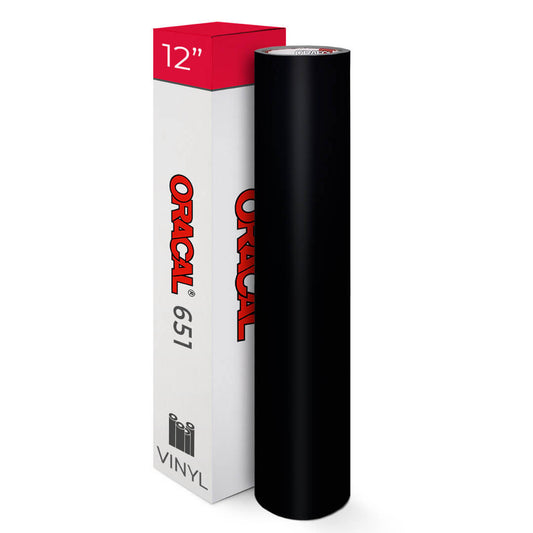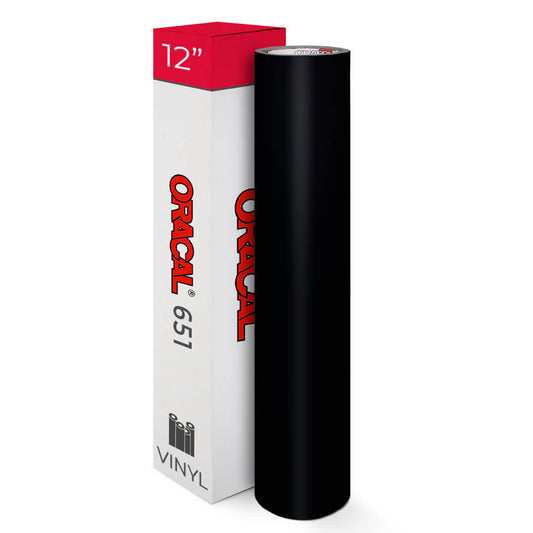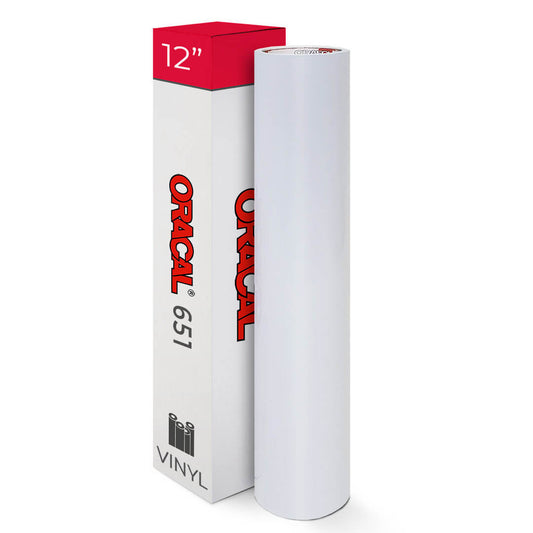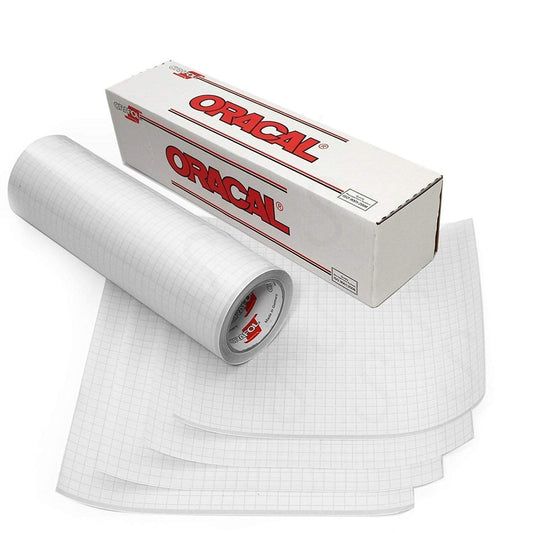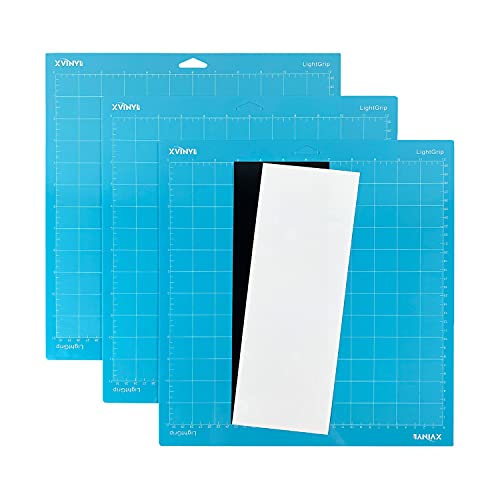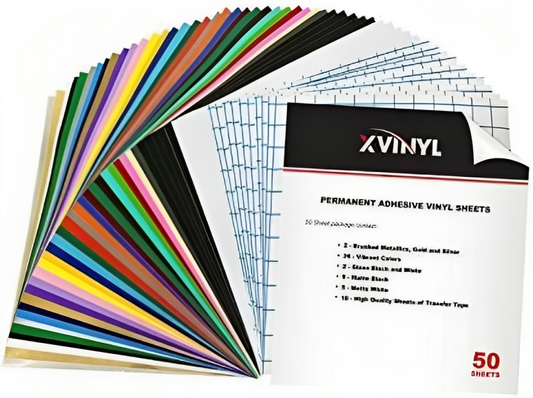Introduction:
Creating beautiful, hand-painted wood signs is a fantastic way to add a personal touch to your home decor or create unique products for your online shop. But achieving crisp, clean lines can be a challenge. That's where vinyl stencils come in! They're a game-changer for anyone looking to elevate their wood sign painting projects. In this guide, we'll walk you through the process of using vinyl stencils to create stunning, professional-looking wood signs.
Why Use Vinyl Stencils?
- Precision: Vinyl stencils offer unparalleled accuracy, allowing you to create intricate designs and sharp lines that are nearly impossible to achieve with freehand painting.
- Consistency: Perfect for creating multiple signs with the same design, ensuring consistency across your product line.
- Ease of Use: Once you get the hang of it, using vinyl stencils is surprisingly simple and efficient.
- Versatility: Vinyl stencils can be used with a variety of paints and on various wood surfaces, opening up endless creative possibilities.
- Professional Finish: Achieve a polished, professional look that will impress your customers and elevate your brand.
What You'll Need:
- Wooden Sign Blank (prepared and sanded)
- Vinyl Stencil (custom-made or pre-made)
- Paint (acrylic, chalk paint, etc.)
- Paint Brushes or Sponge Daubers (foam brushes or stencil brushes)
- Painter's Tape
- Weeding Tools (if using custom stencils)
- Transfer Tape
- Sealant (optional, for added durability)
- Mod Podge (matte) - optional
Step-by-Step Guide:
-
Prepare Your Wood:
- Start with a clean, sanded wood surface. Smooth any rough edges and remove dust.
- If desired, apply a base coat of paint and let it dry completely.

-
Prepare Your Vinyl Stencil:
- Custom Stencils: If you're using a custom-cut stencil, weed out the areas you want to paint. This involves removing the vinyl pieces that will be filled with paint.
- Pre-made Stencils: If using pre-made stencils, ensure they are clean and free of debris.
- Apply transfer tape to the front of the stencil. Burnish the tape to ensure good adhesion. Then peel the backing off of the vinyl.
-
Apply the Stencil:
- Carefully position the stencil onto your wood sign.
- Press the stencil firmly onto the wood, ensuring it adheres smoothly and without bubbles.
- Use a scraper or credit card to burnish the stencil onto the wood.
- Slowly and carefully peel away the transfer tape, leaving the vinyl stencil adhered to the wood.
-
Hinge Method (Tip): For larger stencils, use the hinge method. Secure the stencil with tape down the center, remove the backing from one side, adhere it, then repeat on the other side.

-
Seal the Edges (Crucial Step):
- This is the key to preventing paint bleed!
- Option 1: Apply a thin layer of your base coat paint along the edges of the stencil. This seals the edges and prevents your top coat paint from seeping underneath. Let this dry completely.
- Option 2: Apply a thin, even coat of matte Mod Podge to the entire stenciled area. Ensure you coat in all directions. Let it dry completely (about an hour or more).
-
Paint Your Design:
- Apply your chosen paint color to the stencil using a brush or sponge dauber.
- Dry Brushing Technique: Use a "dry brush" technique. Tap off most of the paint from your brush or sponge before applying it to the stencil.
- Use light, even strokes or dabs (pouncing motion) to prevent paint from seeping under the stencil. Avoid a back-and-forth brushing motion.
- Apply multiple thin coats for best results, allowing each coat to dry slightly before applying the next.
- Avoid over saturating your brush or sponge.
-
Remove the Stencil:
- Once the paint is completely dry, carefully peel away the vinyl stencil.
- Start at a corner and peel slowly at a low angle to prevent paint from chipping.
- Peel Against the Grain (Tip): When removing the stencil, peel in the opposite direction of the wood grain to prevent paint from lifting.
- Use a weeding tool or tweezers to remove any small pieces of vinyl that remain.
-
Finishing Touches:
- If desired, touch up any areas where paint may have bled or chipped. Use a small straight pin dipped in paint for small touch-ups.
- Apply a sealant (spray polyurethane) to protect your painted design and enhance its durability, especially for outdoor signs.
- Let the sealant dry according to the manufacturer's instructions.
Tips and Tricks for Perfect Results:
- Stencil Size: Make the stencil the same size as your project for easier alignment.
- Transfer Tape Tackiness: De-tack transfer tape by sticking it to your clothes a few times before applying it to the vinyl. This makes it easier to remove.
- Secure the Stencil: Use painter's tape, clear contact paper, or adhesive spray to keep the stencil in place.
- Blow Dryer (Tip): If the vinyl isn't sticking well, use a blow dryer on a low setting to help it adhere.
- Tennis Ball (Tip): Roll a tennis ball over the stencil with firm pressure to ensure good adhesion.
- Foam Brushes: Foam brushes have excellent absorption and distribute paint evenly.
- Stencil Brushes: Stencil brushes are great for the dry brush technique.
-
Fixing Bleed: For minor bleeds, use a damp paper towel or a damp paper towel wrapped around a butter knife to carefully wipe away excess paint.
